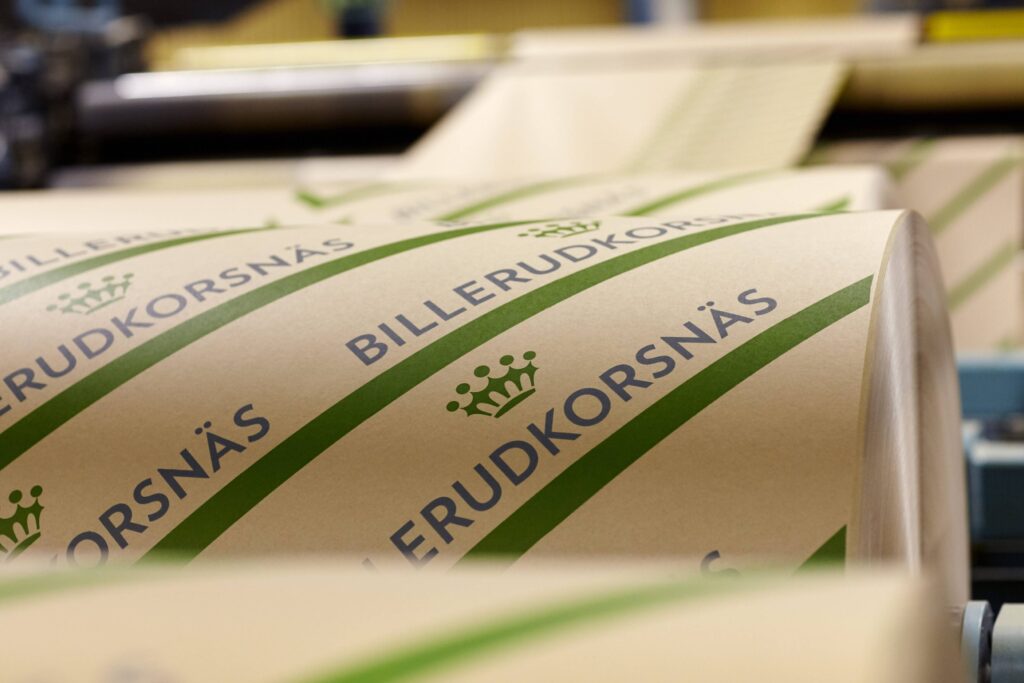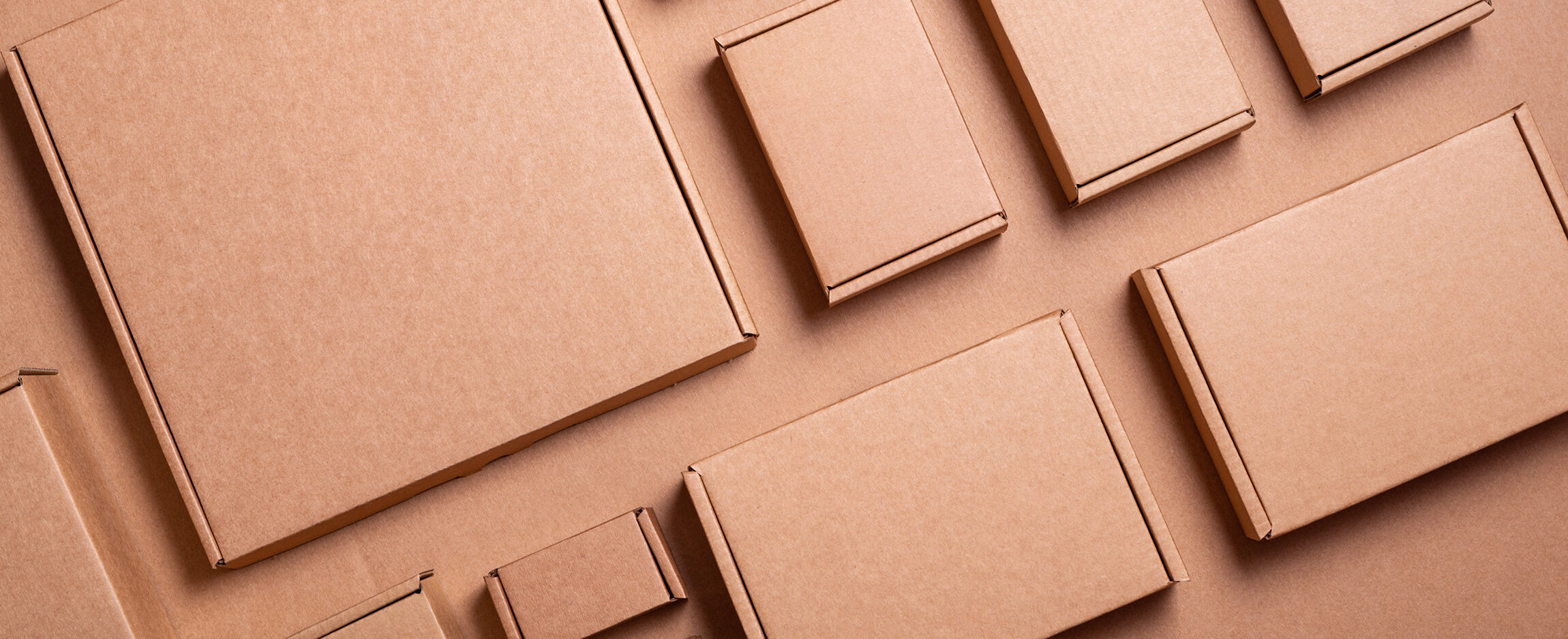Send us your feedback
Here you can send us feedback on the Maxess-website. Please describe the problem or what’s missing in a clear way, and on what page you found the issue. Thank you so much for your help!
Better boxes for more sustainable packaging
BillerudKorsnäs together with RISE performed X-ray scattering experiments to understand the cause behind the deformation of corrugated boxes used in goods delivery. The collected data is contributing to the development of sturdier and more sustainable boxes.
The way goods travel the world
The use of corrugated boxes is the most common and wide-spread solution for the delivery of goods around the world, but it is far from being perfect. Corrugated boxes are subject to deformation called material creeps, which often result from the weight of the content and stockpile. Such deformations can lead to accelerated failures when atmospheric conditions like humidity cycle between high and low levels. Failures in corrugated boxes during transport and storage is one of the main causes of the loss of packaged goods. Material specialist at the Swedish company BillerudKorsnäs together with researchers from RISE used synchrotron light to start tackling this challenging issue and lay the ground for the development of more sustainable and efficient packaging.
Benefits on a global scale
Improving the resistance of corrugated boxes against weather conditions and load stress can bring significant benefits to the delivery industry on a global scale. Better boxes would also have an impact on the environment, as fewer goods would be damaged and compromised due to the packaging solution. The deformation mechanism causing material creeps is not fully understood yet. Previous works suggest that variations in humidity levels play an important role in this phenomenon, as the moisture interacts with the paper fibres. For researchers wanting to understand this mechanism, it is crucial to reproduce the right atmospheric conditions in a controlled environment. But that’s not all. Since material creep is a dynamic process, it is also essential to observe the event over time using a machine capable of fast data collection.
“Synchrotron-based investigations give a glimpse of the future challenges to improve sustainable packaging”
Robert Nilsson, Project Manager, BillerudKorsnäs

X-rays and humidity
The researchers performed small- and wide-angle X-ray scattering (SAXS and WAXS) at the Petra III synchrotron (DESY) in Hamburg. To perform experiments in a humidity-controlled atmosphere, the scientists at RISE designed an experimental set-up with a tensile tester enclosed in a climate-controlled chamber. This set-up allowed them to test paper samples by subjecting them to specific loads in an environment with controlled temperatures and relative humidity. The team from BillerudKorsnäs and RISE performed the experiments over two separate sessions. This approach gave a significant advantage as the data collected during the first session allowed them to improve the set-up and experimental parameters.
Although not conclusive, BillerudKorsnäs believed the results were encouraging enough to ensure subsequent investigations of the phenomenon. Despite being just a first step, this project showed that a deeper understanding of material creep is within reach. The key to success relies in the collaboration between industry and synchrotron experts combined with the access to advanced infrastructure for material characterization.
” Mastering creep in paperboard packages has been a challenge for decades. The combination of the collaboration with top experts combined with the access to synchrotron facilities paves the way for the fundamental understanding necessary to solve industrial problem in the near future”
Christopher Barbier, Senior Technology Specialist, BillerudKorsnäs
Contact Partners
Case Details
BillerudKorsnäs AB
LSRI-initiative at RISEMINAXS P03



